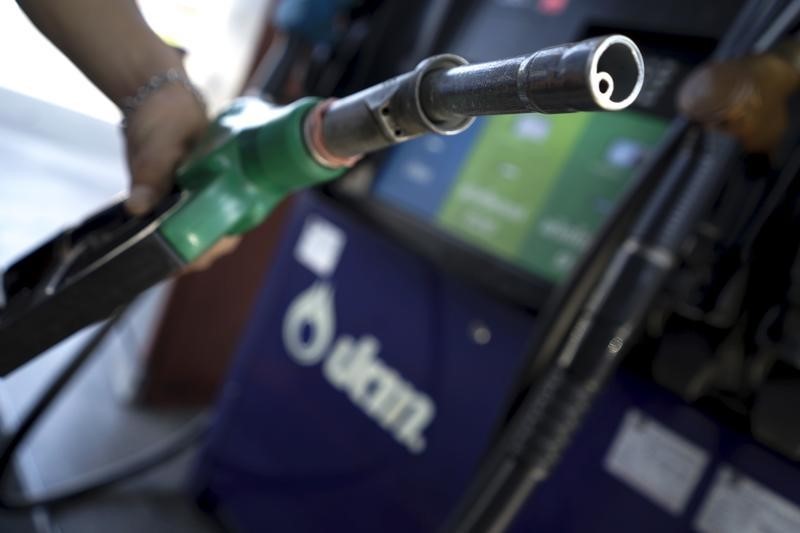Investing.com - U.S. economic numbers are doing for oil what the Trump administration’s deal for China couldn’t. Crude futures reached multi-month highs on Tuesday as upbeat U.S. manufacturing and housing figures turned investors' mindsets into risk-on mode.
U.S. West Texas Intermediate pushed toward $61 per barrel the first time since May. U.K. Brent extended beyond $66 to reach a three-month high, after muted activity since Friday’s much-hyped U.S.-China phase one deal announced by the administration.
NYMEX-traded WTI, the U.S. crude benchmark, settled up 73 cents, or 1.2%, to $60.87 per barrel. It earlier reached $60.97, its highest since Sept 17.
ICE-traded Brent, the global oil benchmark, settled up 76 cents, also 1.2%, at $66.10. It earlier hit $66.24, its highest since the mid-September attack on Saudi oil facilities that briefly knocked out about 5% of global crude supply.
Prior to Tuesday, oil bulls had trouble moving the needle on crude prices as the U.S.-China phase one agreement appeared long on promise and short on facts, prompting caution rather than risk.
Crude prices rose after data from the Federal Reserve showed manufacturing output rose more than expected in November, as the end of a strike at General Motors (NYSE:GM) plants boosted auto production. U.S. housing starts also rose more than expected last month, figures showed.
Notwithstanding Tuesday’s rally, traders were also on the lookout for weekly U.S. oil inventory data that would show how demand and supply fared in the most recent week.
The American Petroleum Institute (API) will issue at 4:30 PM a snapshot of what the Energy Information Administration (EIA) will likely report Wednesday as official petroleum supply-demand balances for last week. Analysts surveyed by Investing.com think crude stockpiles may have fallen by as much as 1.3 million barrels for the week ended Dec. 13.
If true, it would be the first crude stockpile drop in two weeks.
In the previous week to Dec. 6, the EIA reported a crude inventory rise of 822,000 barrels versus market expectations for a drop of 2.76 million barrels.
